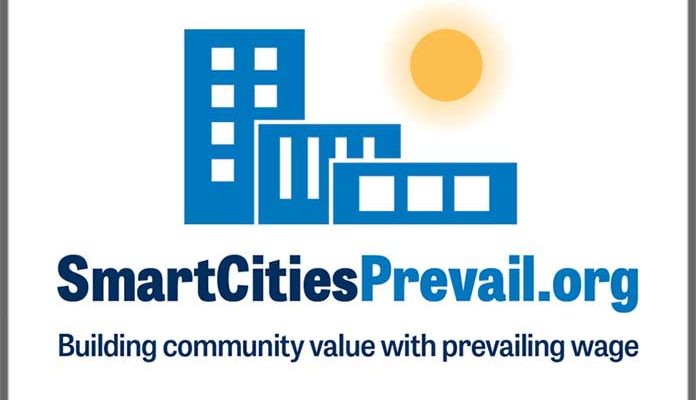Labor think tank says California would need at least 200,000 new construction workers
By LEONARDO CASTAÑEDA
PUBLISHED: January 14, 2019
Gov. Gavin Newsom has said he wants to build as many as 3.5 million new houses by 2025 to solve California’s housing crisis.
But those ambitious goals could be derailed without hundreds of thousands of new construction workers needed to dramatically accelerate the pace of California home building, even assuming that cities agree to zone for more housing and there’s money available to build it all. And it’s hard to imagine, given recent trends, where that many additional workers in the low-wage, high-risk industry would come from.
Newsom took an early stab at the money question in his first budget, offering $500 million in state funding for middle-income housing, But he wants California’s companies to take on a bigger role funding new homes. And he said he’s already talked with some Silicon Valley tech companies who are open to cooperating.
Ramping up housing construction from about 100,000 units in 2016 to 1980s levels – about 300,000 new homes were built in 1986 – would require some 200,000 new workers, according to the researcher behind a new study for Smart Cities Prevail, a pro-union nonprofit. But even that influx of workers wouldn’t be enough to meet the goal of 500,000 new houses a year that Newsom floated during his campaign.
“Workers are not going to fall out of trees,” researcher Scott Littlehale said.
Littlehale’s study found that California housing construction isn’t just failing to attract new workers. It’s losing the workers it already has, many of whom are low wage and lower-skilled.
From 2006 to 2017, California lost about 200,000 construction workers. And within the construction trade, many workers are opting for commercial building jobs, which pay more, have better benefits and steadier work.
During the boom building years, the construction industry was “dependent on young workers without a college degree and on immigrant workers,” Littlehale said. Today, both populations are on the decline.
(View PDF of Study – Rebuilding California: The Golden State’s Housing Workforce Reckoning)
Prevailing wage and collective bargaining boost labor market competitiveness and productivity
- The housing industry currently lacks the wage competitiveness and career training pipeline needed to offset the physical and economic risks of construction. This is hindering its ability to attract and retain the workers needed to increase production of new units.
- Prevailing Wage standards and collective bargaining agreements are consistently associated with higher wages, increased apprenticeship enrollment, more production efficiency, and fewer workplace safety problems.
- Most peer reviewed studies have concluded prevailing wage has no significant effect on overall project costs.
Housing builders’ reservoir of low-wage, less-skilled labor is not refilling itself. Background regulations that promote labor-management cooperation around the vital elements of skilled construction workforce development can play a vital role in restoring California residential building to the production engine that it once was.

